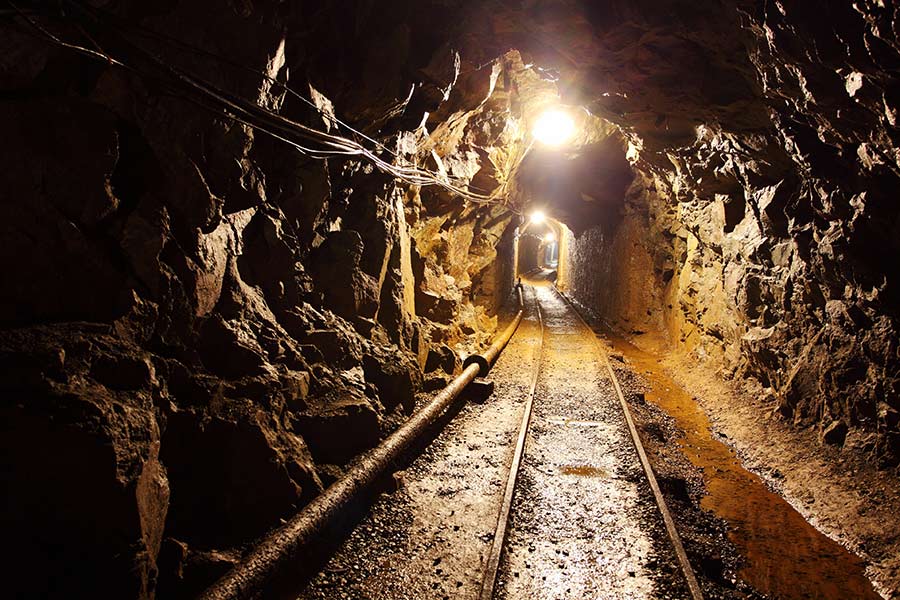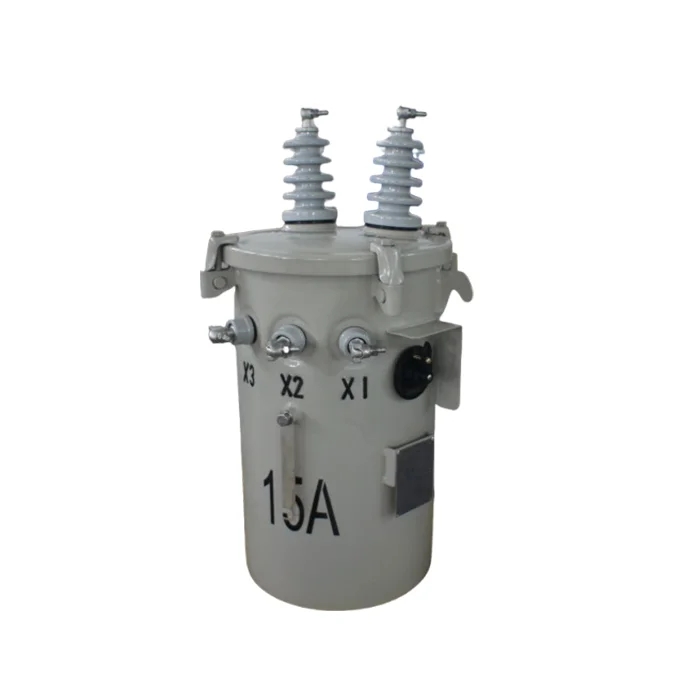Unveiling the Hidden Risks: Exploring the Disadvantages of Underground Mining

Underground mining, a method employed to extract valuable minerals and resources from beneath the Earth's surface, has long been a crucial industry worldwide. While it offers numerous benefits, it is essential to acknowledge the potential drawbacks associated with this mining technique. In this blog post, we will delve into the disadvantages of underground mining, shedding light on the hidden risks that industry professionals and stakeholders should be aware of.
- Safety Concerns:
Underground mining poses significant safety challenges due to the complex and hazardous working conditions. Workers face potential risks such as cave-ins, rock falls, and exposure to harmful gases. Ensuring the safety of miners requires stringent safety protocols, advanced equipment, and continuous monitoring systems. - Health Hazards:
The underground mining environment exposes workers to various health hazards. Dust and particulate matter can lead to respiratory issues, including pneumoconiosis and silicosis. Exposure to toxic substances, such as radon and mercury, can have long-term health effects. Proper ventilation, personal protective equipment, and regular health screenings are crucial to mitigating these risks. - Environmental Impact:
Underground mining can have adverse effects on the environment. Excavating tunnels and extracting minerals can disrupt ecosystems, leading to habitat loss and fragmentation. Additionally, the disposal of mining waste, such as tailings and chemicals, can contaminate soil and water sources if not properly managed. Implementing sustainable mining practices and rehabilitation measures can help minimize these impacts. - High Costs:
Compared to surface mining, underground mining is often more expensive due to the intricate infrastructure required. Building and maintaining underground tunnels, ventilation systems, and support structures demand substantial investments. Additionally, the costs associated with ensuring worker safety and complying with environmental regulations further contribute to the financial burden. - Limited Resource Accessibility:
Underground mining is limited by the geological characteristics of the deposit. Not all mineral resources can be effectively extracted using this method. Deposits located at great depths or with complex geological formations may be economically unviable or technically challenging to mine underground. This limitation restricts the accessibility of certain valuable resources.
Conclusion:
While underground mining plays a vital role in resource extraction, it is crucial to acknowledge and address its disadvantages. Safety concerns, health hazards, environmental impacts, high costs, and limited resource accessibility are all factors that need careful consideration. By implementing advanced technologies, robust safety measures, and sustainable practices, the industry can mitigate these disadvantages and strive for a more responsible and efficient future.


